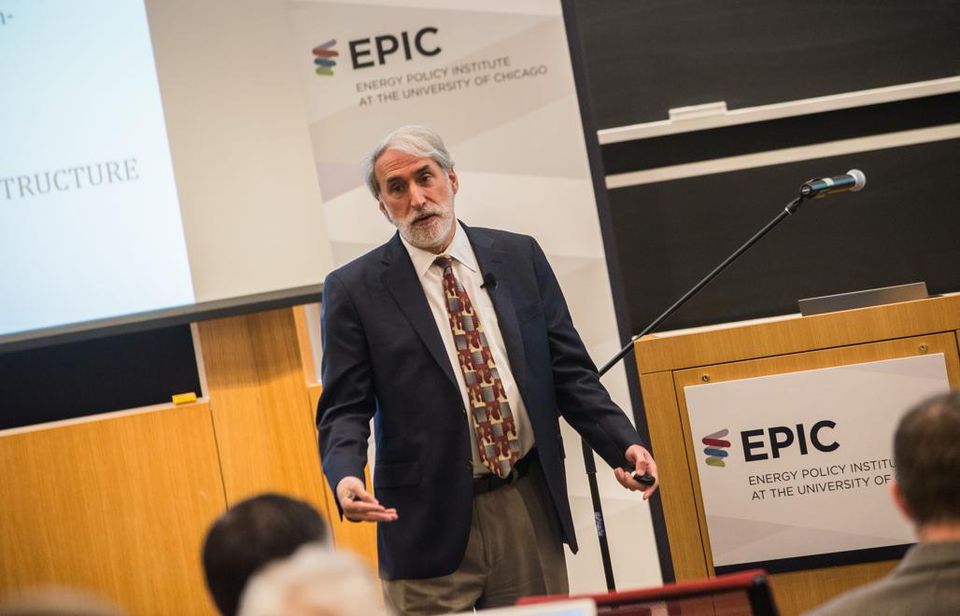Harvard Scientist Engineers Bacterium That Inhales CO2, Produces Energy

Nocera’s artificial leaf, developed while he was at MIT, made a splash five years ago because the wafer of silicon and other elements can be dropped in water, exposed to sunlight, and it will continuously split the water into hydrogen and oxygen. Hydrogen, a clean burning fuel, is typically made from natural gas in a process that emits greenhouse gases. The leaf hasn’t lived up to its promise, Nocera said, because the world isn’t ready for hydrogen fuel. (...)
But if hydrogen from the leaf can combine with CO2 to make alcohol fuel, the fuel can be used the way diesel is now. So over the last 18 months, Nocera worked with biologists from Harvard Medical School to engineer a bacteria called Ralston eutropha to consume hydrogen and CO2 and convert them into adenosine triphosphate (ATP), the energy molecule used by natural organisms. Building on discoveries made earlier by Anthony Sinskey, a professor of microbiology at MIT, they inserted more genes to convert the ATP into alcohol and cause the bacteria to excrete it. (...)
A one-liter reactor full of Nocera’s bacteria can capture 500 liters of atmospheric CO2 per day, he said. For every kilowatt hour of energy they produce, they’ll remove 237 liters of CO2 from the air. But much of that will return to the air when the alcohol is burned. “This isn’t solving your CO2 problem,” he said. ”I’m taking CO2 out of the air, you burn it and you put the CO2 back. So it’s carbon neutral. I’m not going to reverse 400 ppm of CO2. But you’re not going to use any more stuff out of the ground.”
